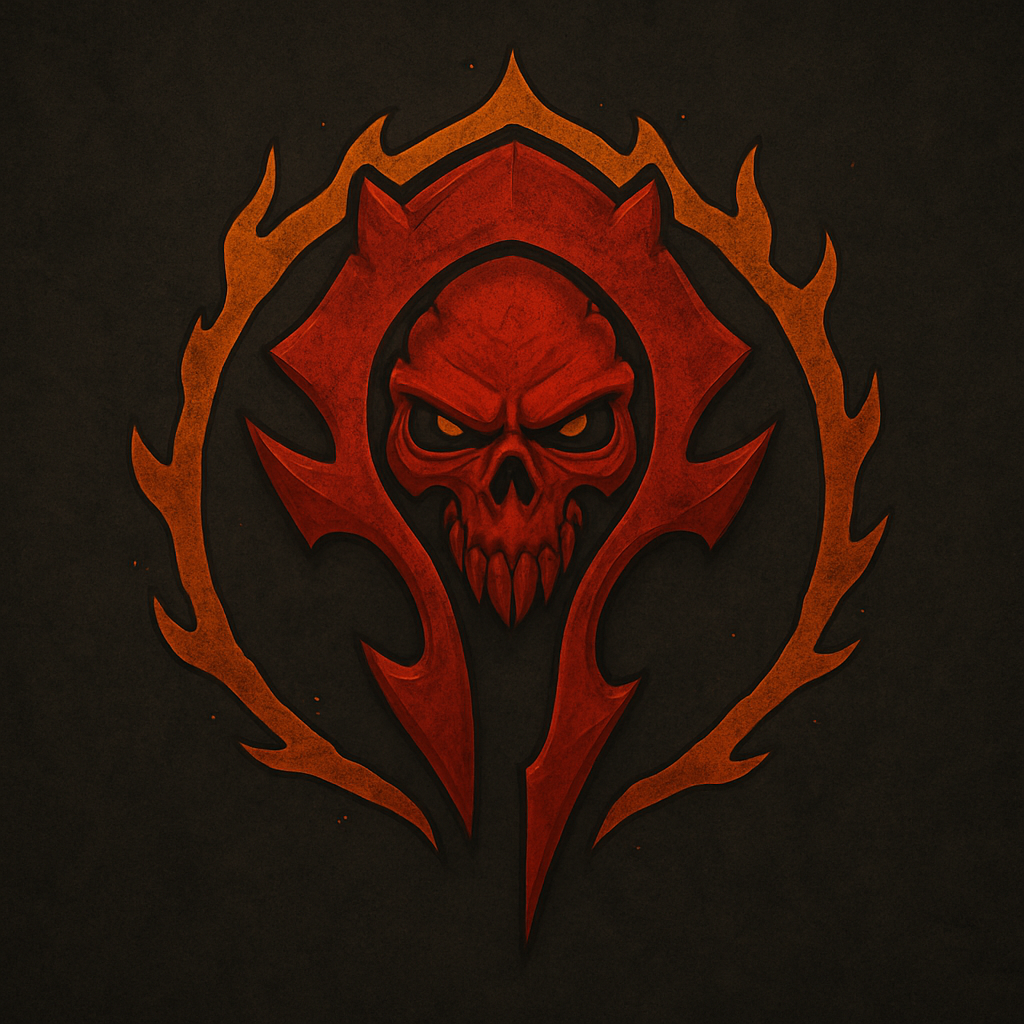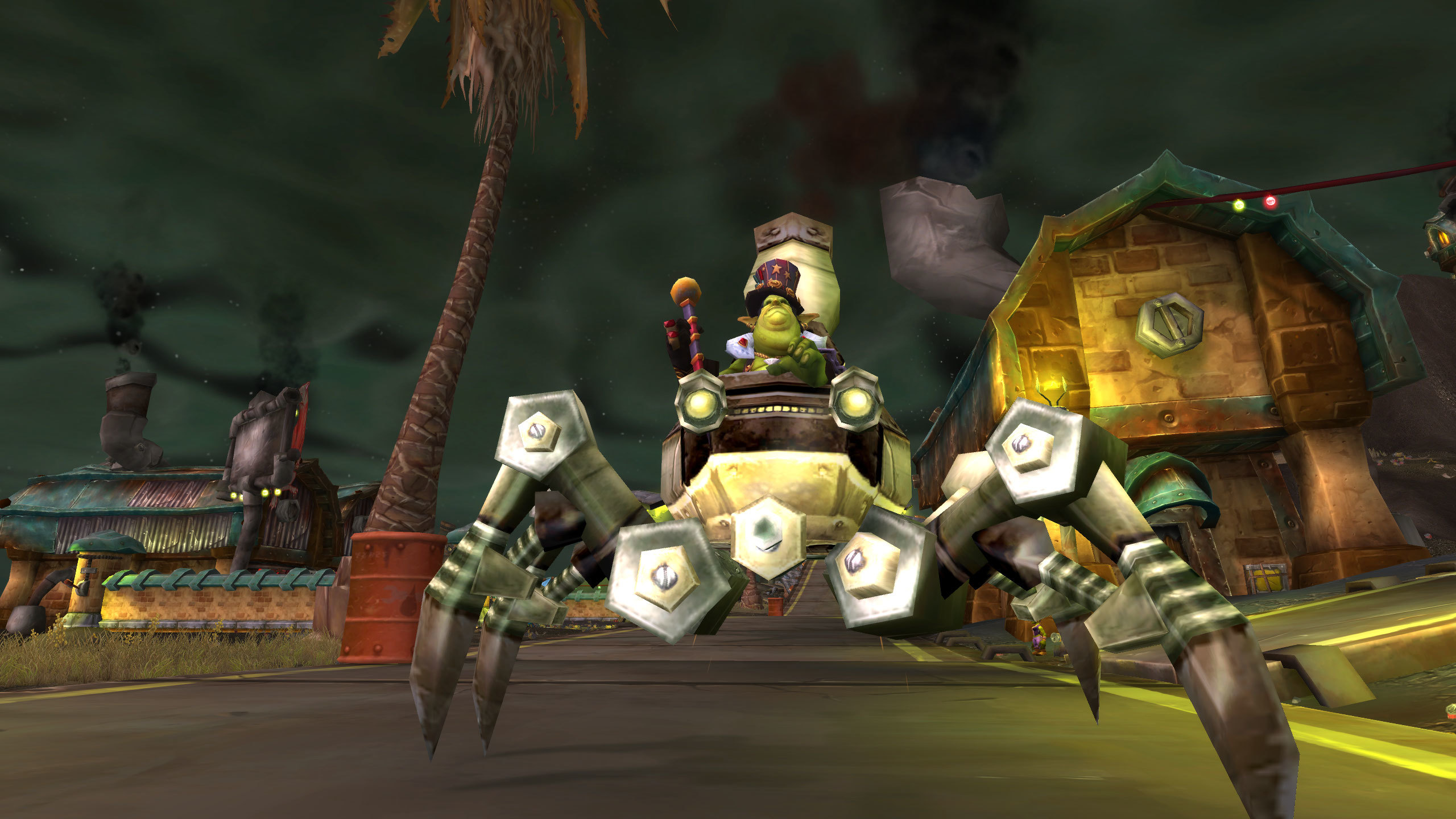Factions have been one of the most defining features of Warcraft’s lore and gameplay. The rivalry between the Horde and Alliance has shaped Azeroth’s history for decades, influencing wars, alliances, betrayals, and the personal stories of countless characters. Beyond simple gameplay mechanics, factions provide identity and meaning, giving players a sense of belonging and pride.
Exploring the importance of factions in Warcraft’s story reveals how they influence lore, player choice, and the cultural identity of the game itself.
The Foundation of Conflict
The ongoing battle between Horde and Alliance has been the central narrative since Warcraft’s earliest days. These rivalries created the backdrop for wars like the First and Second War, and later shaped many expansions in WoW. Faction conflict established Azeroth as a world in constant tension, ensuring the story always carried stakes.
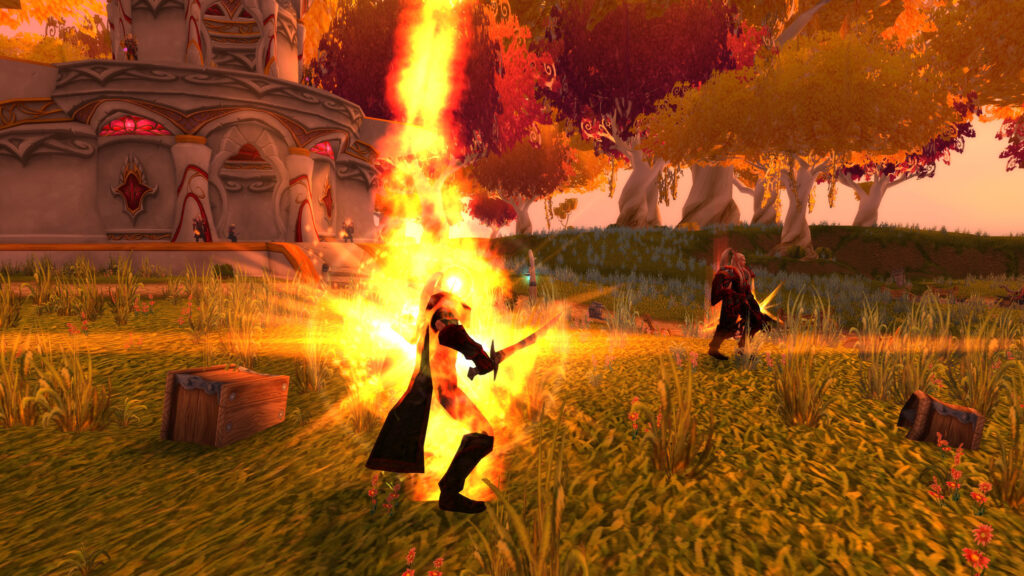
Without factions, Warcraft would lack the rivalries and political struggles that make its lore compelling.
Faction Identity and Player Choice
Players identify strongly with their chosen faction. For many, Horde or Alliance isn’t just a gameplay choice but a cultural identity. This pride fosters loyalty, roleplay, and rivalry, giving players reasons to stay engaged even outside of progression systems.
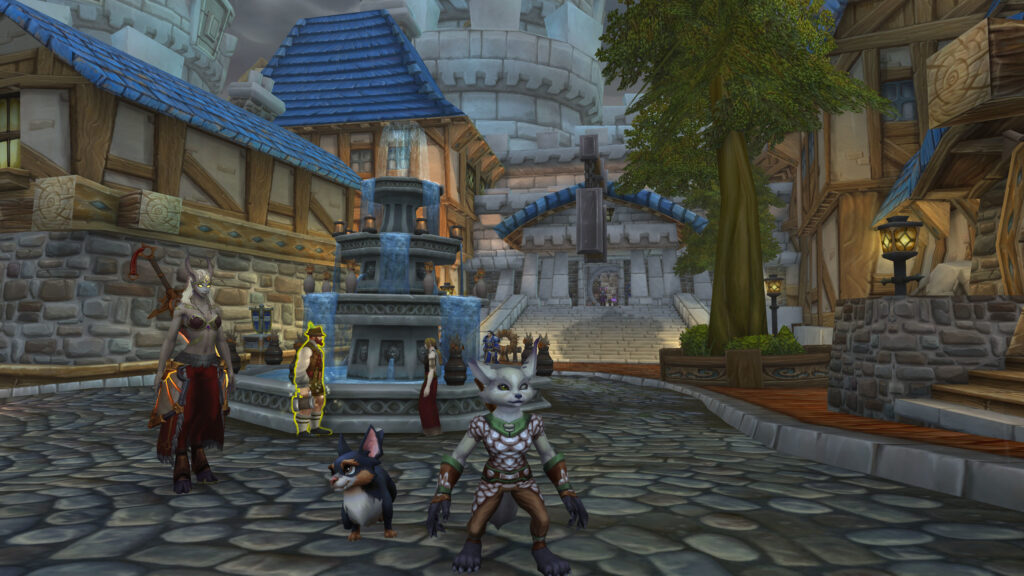
Faction choice adds depth to WoW’s story by aligning players with philosophies, races, and leaders that reflect personal preferences.
Key Faction Leaders
Faction leaders embody the values and conflicts of their people. From Thrall’s vision of honor to Varian Wrynn’s determination, these figures drive Warcraft’s grand narratives. Their decisions often spark wars, peace treaties, or betrayals that affect the entire world.
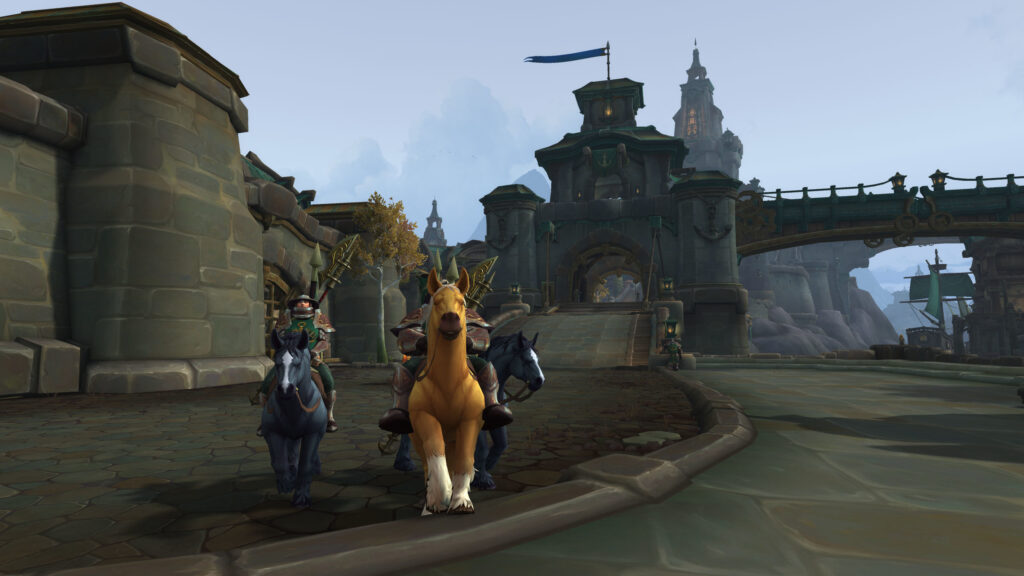
Their leadership highlights the role factions play in defining Azeroth’s political and cultural landscape.
Faction Wars and Alliances
Major expansions like Mists of Pandaria and Battle for Azeroth put faction conflict at the forefront. These wars weren’t just backdrops—they defined the stakes and gave players a personal role in Azeroth’s future. Even temporary alliances during larger threats, such as against the Burning Legion, highlight how fragile peace between factions truly is.
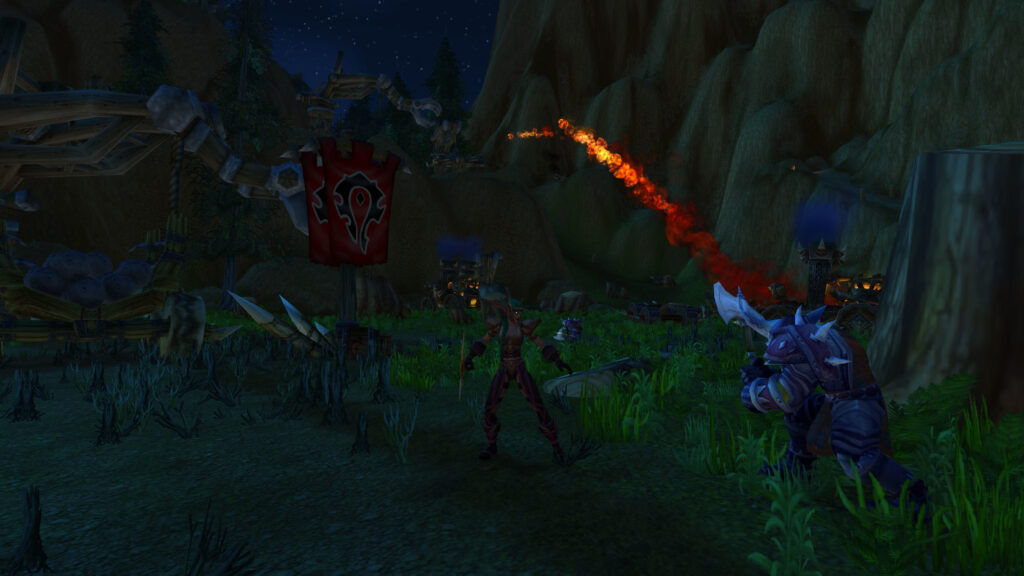
The shifting dynamic between conflict and uneasy alliances adds complexity to the ongoing story.
Faction Legacy
Even as cross-faction gameplay becomes more accessible, the legacy of Horde versus Alliance endures in the story. Factions remain central to Azeroth’s identity, reminding players of the conflicts that shaped the world. The table below highlights iconic faction-driven moments in Warcraft’s story:
| Expansion | Faction Conflict |
|---|---|
| Classic | Early battleground wars, Horde vs. Alliance identity |
| Wrath of the Lich King | Conflicts during the Northrend campaign |
| Mists of Pandaria | Siege of Orgrimmar, Garrosh’s downfall |
| Battle for Azeroth | Burning of Teldrassil, faction war climax |
Conclusion
Factions are integral to Warcraft’s story, shaping the conflicts, alliances, and player identities that define the game. From Horde pride to Alliance honor, these divides give Azeroth its heart and soul. Even as systems evolve, the rivalry between red and blue remains one of WoW’s most iconic and enduring features.
For players, factions provide more than mechanics—they represent loyalty, culture, and the beating heart of Warcraft’s story.
